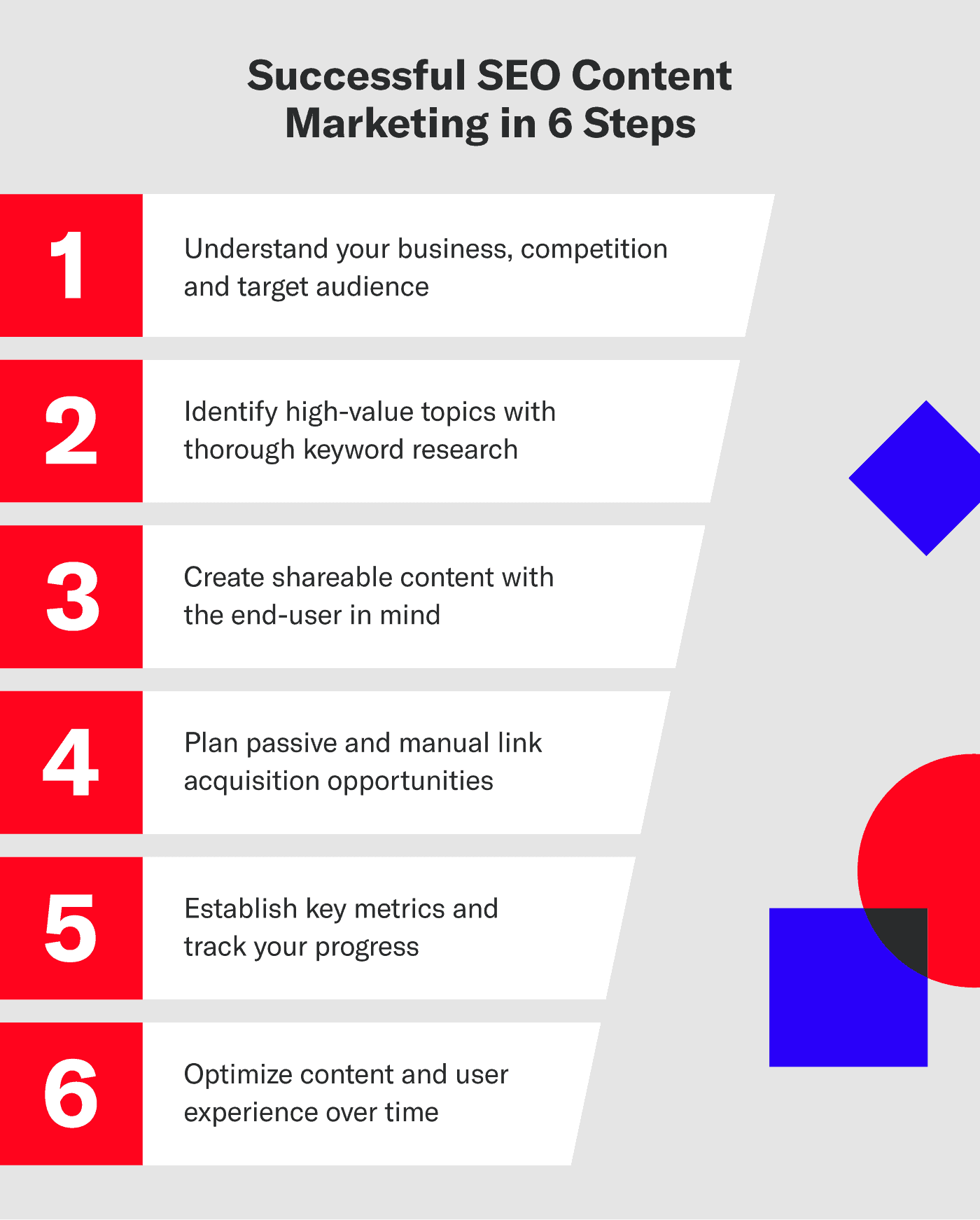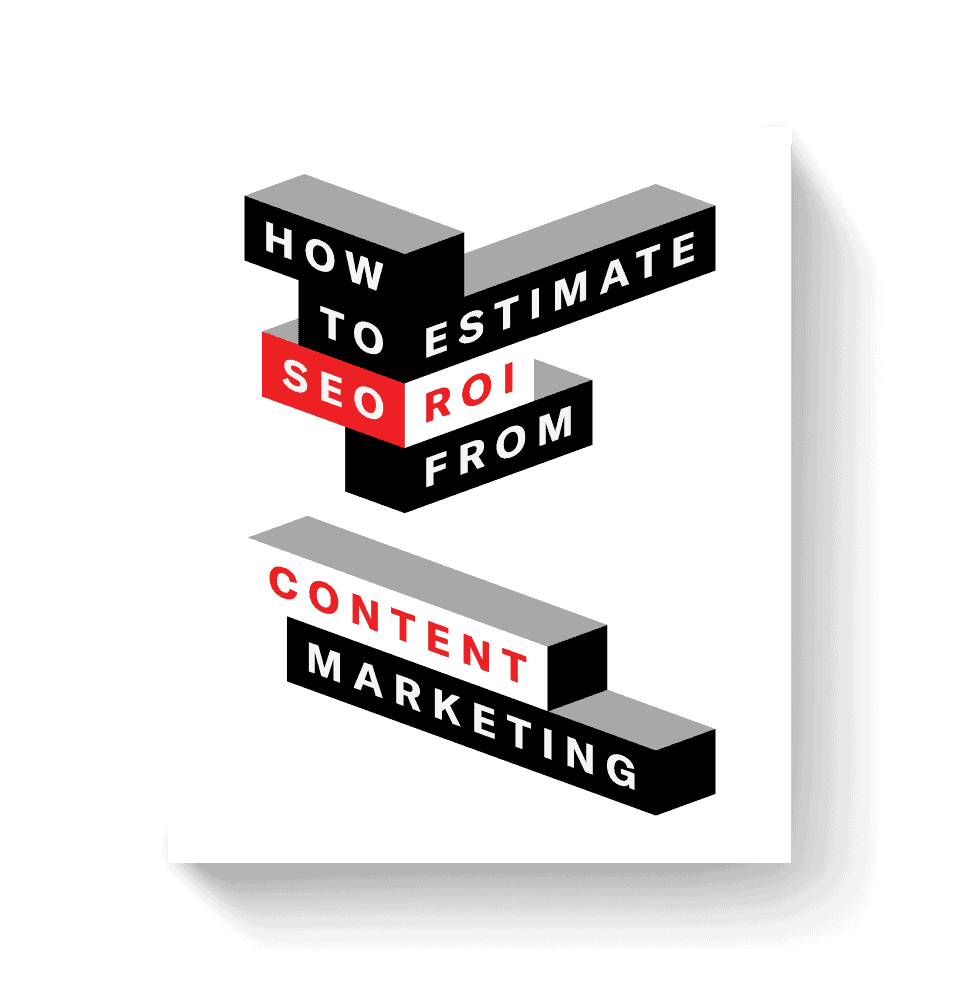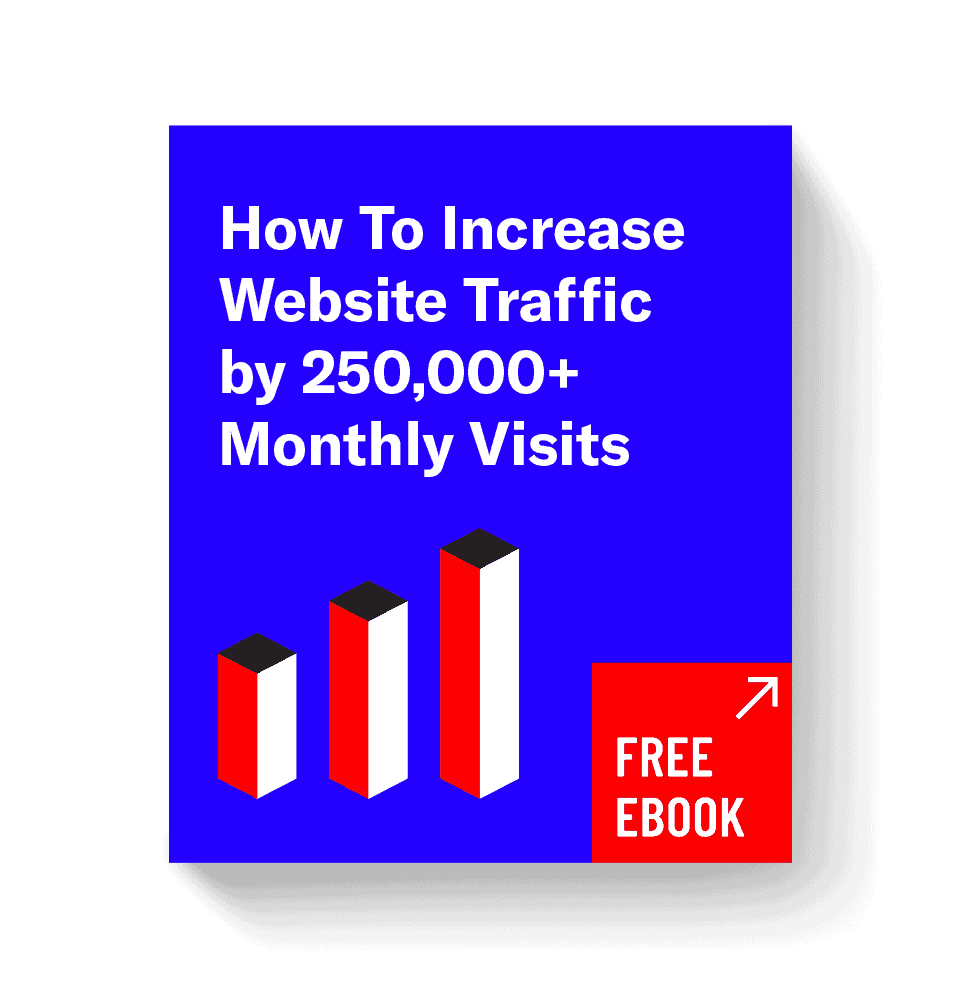Are you tired of creating content that doesn’t impact your bottom line?
This year alone, 46% of businesses are planning to increase their content creation spending. With so many organizations prioritizing content marketing, attracting new leads online is as competitive as ever.
In a crowded field, an SEO-driven content strategy is the surest way to separate your brand from the pack and win your customers’ attention and business.
SEO-focused content marketing combines the “science” of SEO with the “art” of content marketing. At Siege Media, we’ve used this practice to help great brands scale to $7,238,000 per month in client traffic value, or $86,856,000 per year.
We’ll walk you through our approach to creating a winning SEO content strategy. Read on to find out how you can create content that provides the best ROI for your efforts and has the highest impact on your business.
Combining SEO with Content

Our clients all have their own primary metrics for success. Some want to increase their organic traffic. Others want to drive more online conversions.
Whatever the metric, they all want to grow their business. SEO and content marketing are two sides of the equation for achieving that objective.
Philosophers have debated how Google’s algorithm decides to rank pages for centuries (okay, maybe not centuries, but you get the point).
The best-proven way to rank remains consistent: by creating great content that offers value to the searcher and provides a first-class visitor experience.
When you set out to create your awesome content, keeping SERPs in mind will be beneficial for two reasons:
- You will have a better chance of showing up in searches. This increases the likelihood of attracting more visitors to your page. This should help you see a better return on your investment as a result.
- Google tells you what your target market is searching for. Paying close attention to this gives you direct insight into
their needs. You can create content that satisfies their pain points to potentially gain more customers.
Executing this strategy requires careful planning. You don’t want to blindly create content without a roadmap.
We’ll cover this more in-depth below, but you can check out this video for a nice overview of how we build effective content strategies for our clients.
Setting Your Content Strategy

When we take on a new client, we focus on how we can increase their business value and digital PR presence. Rather than checking boxes, we want to deliver results that make a long-term impact.
Here are the steps you can follow to do the same.
1. Understand the Business Environment

It can’t be overstated that an SEO-driven content marketing strategy is meant to drive more valuable traffic to your business. To do that, you need to understand your market and your brand’s position within it.
When starting a new SEO content strategy, spend the first few weeks building out a plan that covers:
- Your overall sitewide content strategy
- Your brand overview and value proposition
- Your market overview and competitor analysis
Looking at your existing sitewide content strategy helps uncover any issues that impact overall SEO performance.
Next, it’s important to have an in and out understanding of your website’s brand and value proposition. You should be able to clearly define:
- Who you are as a business
- What you’re trying to accomplish
- Why someone should choose your business over alternatives
- Who your target audience is
Setting a content strategy shouldn’t happen in a vacuum. Yet, 40% of B2C content marketers only look at competitors once per year (or not at all). Studying what your competition looks like online can give you an advantage.
To understand a company’s competitors’ content strategy, you should look at:
- What competitors are doing well
- What competitors are ranking for
- Which topics bring a site’s competitors the most traffic
- How long it takes a competitor to rank for a given topic
This can help you make more efficient content planning decisions. Knowing what works for your competitors reduces the need to spend on trial and error.
For a more complete picture of the competitive landscape, we also recommend using tools like Ahrefs. To better understand how much you need to invest in your content strategy, you can compare your site’s metrics like:
- Domain Rating (DR)
- Linking root domains (LRDs)
- Organic keywords
- Monthly organic traffic
- Organic traffic value
Looking at traffic value should also help you set reasonable expectations for your content strategy. You can answer questions like:
- What is the total addressable market?
- How much real growth is possible?
- Where are the most relevant, high-value content ideas?
With this roadmap handy, you can find the most valuable opportunities for your brand. This is where keyword opposition to benefit (KOB) analysis is a huge difference-maker.
2. Find High Value Topics Using KOB
If you’ve read any material on digital marketing or SEO, you’re aware of keyword research. Typical recommendations are that you target either high search volume (SV) or low SV, low-difficulty keywords in your field.
High SV keywords are great, but they’re also highly competitive and expensive. Even the highest authority websites (DR >90) will find it challenging to rank for these terms.
Low SV/low-difficulty keywords are also great and can offer a few chances to rank quickly. The problem is you’re limiting yourself by exclusively focusing on these terms.
Your goal should be finding valuable traffic and ranking opportunities. SV or keyword difficulty alone won’t give you the full picture.
KOB analysis is a more strategic approach that compares keyword difficulty to what people are willing to spend on that content.
This should help you:
- Find and pick “low-hanging fruit” keywords
- Prioritize topics where our clients can rank quickly at each stage of the buyer funnel
- Achieve a sizable ROI

This has a compounding effect over time. As your site ranks for more topics, your domain authority will grow. This makes the higher SV and difficulty keywords more attainable down the road.
We offer a more in-depth look at this process in this video:
You can also download our free KOB analysis spreadsheet to help you get started.
Once you’ve identified your topics and keywords, it’s time for the fun part: creating share-worthy content your audience will love.
3. Build an SEO Roadmap

When creating share-worthy content, you want to have a plan that allows for maximum efficiency and impact.
Use the findings from your KOB research and preliminary content strategy to start building a content plan. You also want to consider factors like:
- Your site’s authority
- What kind of content ranks in your industry
- Key performance indicators (KPIs)
- Outreach markets
- Seasonal content topics
Even if your organization has an unlimited budget, you want to prioritize any existing strong organic link opportunities in your vertical.
- Strong organic link opportunities = topics with multiple results that have 100+ links
- These topics have potential to earn valuable links without additional spending on manual link generation
For greater time efficiency, you can also try to find scaleable content areas.
Example: Keywords that overlap under a broader topic.
Solution: Organize the content calendar around topics.
A topic-focused content calendar saves on time and cost. Instead of creating one post per keyword, you can target topics that have the potential to rank for multiple keywords.
Our team leverages Clearscope as a powerful tool to help ensure our content best-serves the consumer and also has the greatest potential in rankings.
With your calendar in mind, it’s time to start brainstorming shareable content ideas ideas. In order to make your content stand out for your audience, you should consider:
- Is this unique from your competitors?
- Does this solve a problem for the user?
- Will this resonate emotionally with the audience?
Be sure to establish a consistent voice within your area of expertise. This helps build your brand reputation and consumer trust over time. For best results, it’s important that your content:
- Focuses on topics for which you can be considered an authoritative source
- Contains messaging that aligns with your core values
- Follows consistent design and copywriting guidelines
As you’re developing content, organic and manual link acquisition will be key drivers of organic traffic. Here’s how you can plan ahead and think strategically about that process.
4. Identify Your Link Building Strategy
You’re likely aware that links are an important part of SEO and page rankings. Google views these as a “stamp of authority” for a website, so we want to acquire quality links organically or through manual outreach.
Organic links:
- Come from other websites finding and linking to your web pages organically
- Signal that your business is seen as an authority on the topic
- Prove that you’ve created something worthy of sharing
The beauty of an SEO-driven content marketing strategy is if you’ve built quality content, it should accumulate organic links over time.
This video does a great job of explaining the process in detail:
While you want to prioritize content that has strong organic link potential, there are times when manual outreach is needed. Meaning, you actively market your content to relevant blogs in your vertical so they may share with their audience.
For example:
- If your site is newer and building your domain rating, manual outreach can jumpstart the link acquisition process.
- Your competitors have significantly more backlinks and you want to build your own backlink profile.
Once you have a link acquisition plan, you need to establish benchmarks to measure the tangible impact of your content.
5. Establish Metrics and Begin Reporting
If you’re relying solely on content marketing, success might just be measured by the number of links you gain or your traffic growth. Successful SEO content marketing takes into account the 360-degree view of your competitors and the true value of your marketing strategy.
Tools like Ahrefs or SEMrush provide real-time data to create S.M.A.R.T. (Specific, Measurable, Achievable, Relevant and Time-bound) goals to work towards.
Here’s a quick example:
- Ahrefs domain comparison shows a competitor’s webpage has 500 more LRDs than yours.
- You would like to overtake them within one year.
- To do so, you calculate that you need to gain 42 links per month.
You can use tools like Google Analytics and Google Search Console to track how your site and new content pages are helping to achieve your goals.

Your goals may change over time, but this data lets you know where you should continue optimizing to reach them.
6. Update Content and User Experience
SEO content marketing is not a “set it and forget it” strategy. Once your content starts getting more traffic, you want to make sure it actually converts.
When you have a sufficient sample size, assess the following to make strategic decisions:
- Is your overall traffic growing?
- Which pages are driving the most traffic?
- Where are your pages ranking?
- Which topics are popular? Which aren’t?
From there, look at CTR and bounce rates to learn more about how your visitors are interacting with your site. Ask yourself:
- How long are they staying on the site?
- What do they do once they’re there?
- Which pages have strong and weak conversion rates?
You can use this information to emphasize higher-performing topics in your future content plans. You can also find opportunities to enhance the user experience by:
- Prioritizing high-performing content in the site structure
- Adjusting low-performing content to resemble high-performing page structure
- Making blog posts with >10% conversion rates landing pages
An SEO content marketing strategy also incentivizes you to keep your content fresh. This is another opportunity to leverage Clearscope as you can quickly identify keyword opportunities when refreshing content.
We often recommend revisiting pages at least once a year to see if they can be updated with new statistics or developments to make them more relevant.
You’ll be amazed by the results when you put these steps into practice. Check out some of our work for proof!
We’ve covered a high-level look at what goes into an effective SEO content marketing strategy. If you’d like to learn more, you’ll get a lot out of our course on content marketing below.
You can also get in touch with us today to discuss how we can help scale your business.






